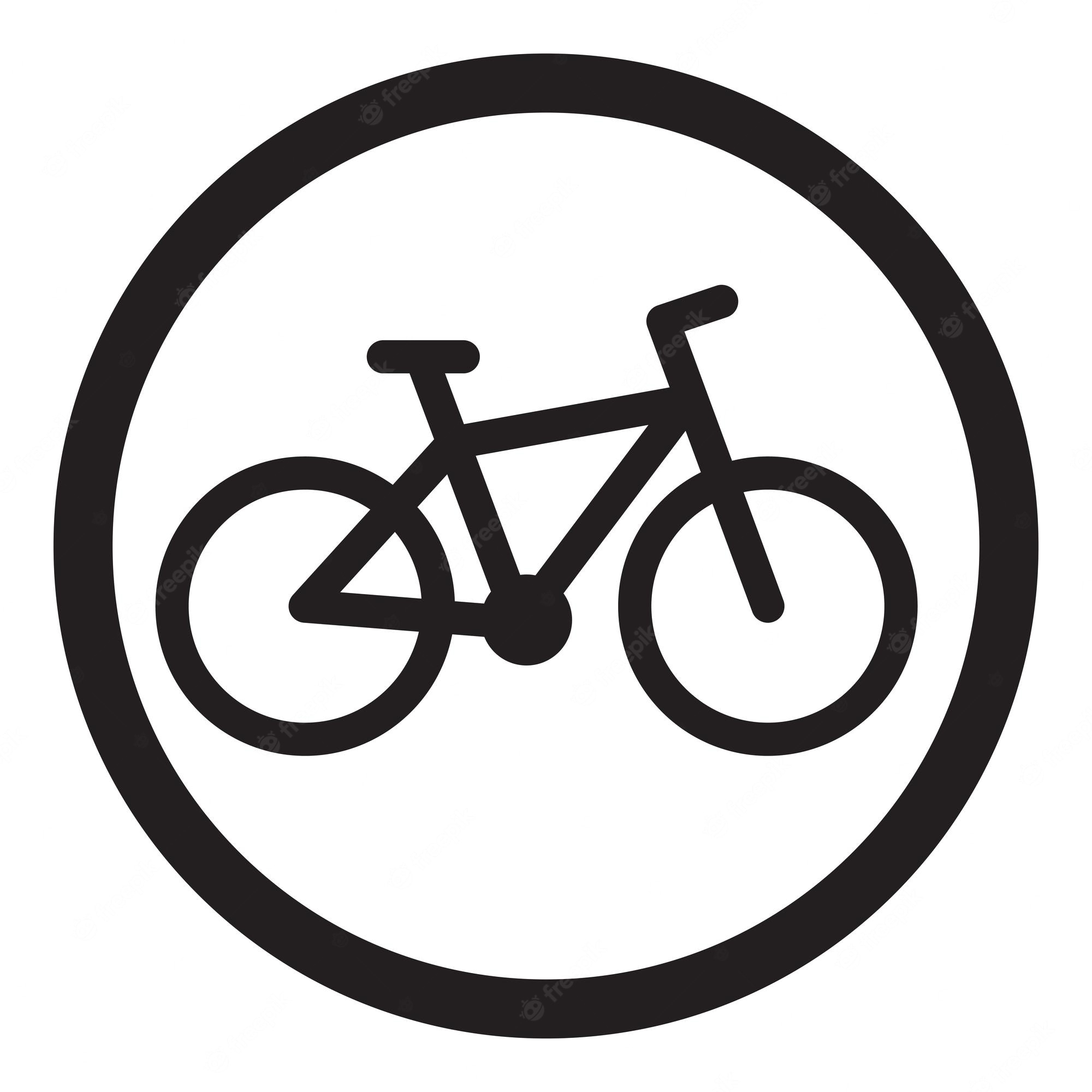

I did this in the late 90s and early aughts with regular MTB tires. It works, but it feels really weird on pavement.
I suspect the lower fatbike tire pressure might help the situation.


I did this in the late 90s and early aughts with regular MTB tires. It works, but it feels really weird on pavement.
I suspect the lower fatbike tire pressure might help the situation.
NT 3.5 was the last good version. Fight me.
You’re absolutely right about this. 7 is basically a Vista service pack that got rebranded.
All of the “good stuff” people credit 7 with came in Vista.
8 wasn’t nearly as bad as people think, and there were big improvements to the kernel that make it a definite improvement over 7.
The problem for most people was the Start screen, which if you could get past, left you with what was a really good OS.
Less ads and telemetry than 10, too.


Representives Omar and Tlaib would disprove that point.
I think we already have that.
Bikes, at least non-electric ones, have an immensely long service life and there’s not much margin, and thusly not a whole lot of incentive to deviate from standards unless you’re willing write very big cheques to machine a million copies of something custom–and there’s not really that much improvement year to year. Manufacturers are trying oh so very hard to balkanize the market, but doing so just increases their costs and allows someone else to come in and make a steel-framed 700c with Shimano whatever-they-call-it-this-week for the same money or less.
We are seeing experimentation, usually in the cargo- and fat-bike markets, as well as at the very high end, but no one’s having a ton of success. Even high-end road bikes still use a lot of common components.
Reading the article, it really sounds like 95%+ of the problem is eBikes.
Traditional bikes have this problem, too, but outside of high-end stuff where the OEM is building a bespoke platform, most bikes still use common parts. Every few years, eg, Shimano, comes up with a slightly different bottom bracket, but it’s usually a $20 socket, at most.
Heck, I’d hazard it’s getting better now that there’s fewer weird French or Italian “standards” and everyone is using more or less the same stuff.
But yes, eBikes, that’s where the issue really is. A large part of the issue is that every manufacturer wants to reinvent the wheel–sometimes literally–because they feel they need to stand out in the market. No one wants to be just an integrator of whatever Shimano or SRAM are selling that year, albeit with different coats of paint, but when they realize that’s where they’ll end up, we’ll all be the better for it.
Friction shifters work better with more gears, or rather, they’re more useful with more gears.
It’s comparatively easy to make a derailleur and shifter that can reliable hit seven rear gears, but making a mechanical device that can hit the index on 11 or 12 speeds is not a trivial challenge; to get that to work reliably, in every gear, with a cable that stretches and sticks, is hard to do.
A friction shifter gets rid of the indices and the requirement to adjust stops.
This is also why electronic shifters are a thing: getting the cable and shifter adjusted is finicky with 11 or 12 gears, but the little motor can do it every time, and adjusting the indexes is easy. Now, if it breaks…
Trek is particularly bad about this: they now sell a “platform” instead of a bike. This makes it comparably hard to get replacements for a Domane or CheckPoint because certain parts are sized for that bike and that bike only.
It’s by design: https://newatlas.com/bicycles/two-chain-buffalo-bike
The idea is that if you lose one chain, you can keep riding till you get somewhere that you can get it fixed. In places where infrastructure is iffy, this could be a life-or-death feature.
It sadly doesn’t quite work right on KDE. You can get close: you can show an application launcher, or a exposé-like window overview, or a pager, but you can’t show all of them at once in a way that’s easy to work with between like Gnome does.
Heck, even Gnome regressed Gnome 40, as you don’t get the vertical desktop overview any more. At least there’s shell extensions that let me get Gnome 3’s behaviour back.
It’s a real pity, because I like KDE, and definitely the KDE apps, more, but the Super-key overview is no hard to quit.
The only reason I don’t use KDE is because it doesn’t do the super-key expose/dash/overview like Gnome.
If someone could port AUX’s UI, that would be perfect.
And as a fellow System 6/7 fan, it’s love, not masochistim. Long live the spatial Finder!


I suspect getting shot had something to do with it.
But us, rallies aren’t his narcissistic supply any more. Now they’re a source of fear and dread.
Can you quantify why you don’t like Mozilla?
I understand why someone might find Firefox itself subpar in some cases, but I’d like to hear what your issues with the organization are.
Well, ackshually, Linux is just a kernel… /s
You know what? A young Fassbender would have been a great Feyd-Rautha.
I mean, McAvoy was the God Emperor…


Oh, Canada!
For me, glasses (which I wear normally) and a helmet with a visor. That usually works; if I tilt my head down, the visor normally blocks any rain while riding
What I would like is something for dealing with lens fogging in snow when I’m wearing a balaclava. Ski goggle work, but I hate wearing them.